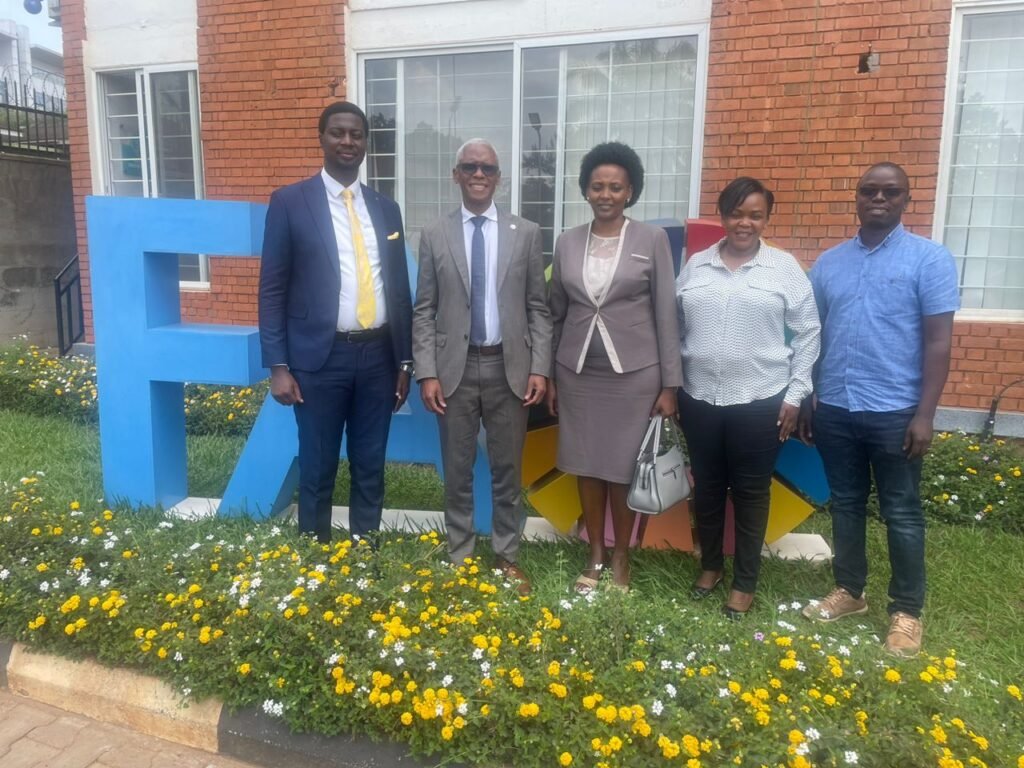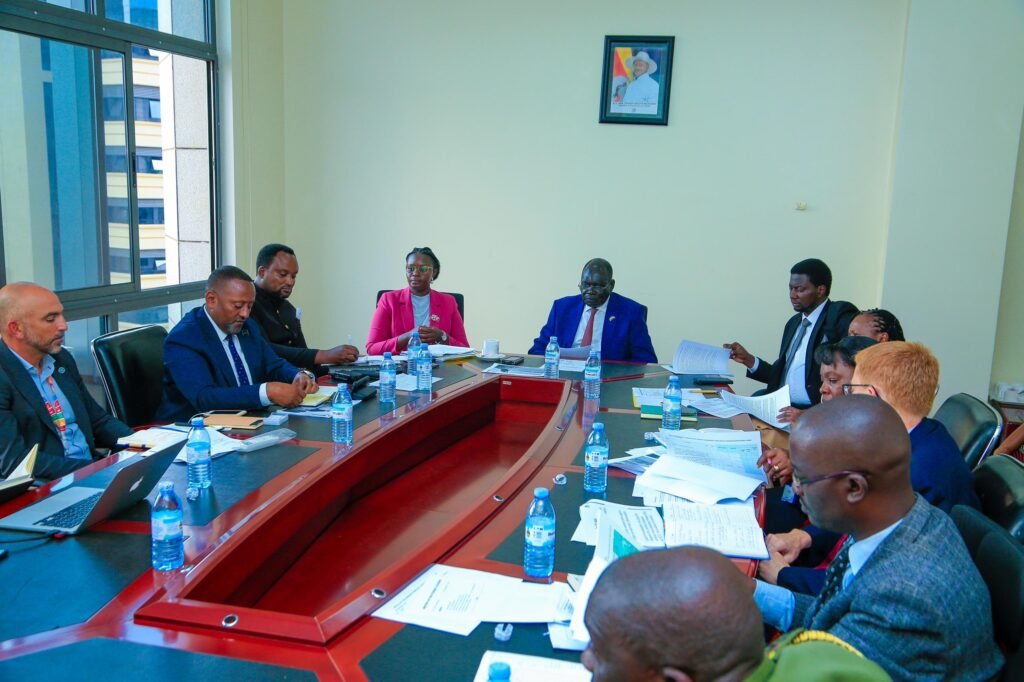The Ministry of Relief, Disaster Preparedness and Refugees working with UN Humanitarian Agencies like the Food and Agricultural Organization (FAO) and local politicians Edson Rugumayo (Western Youth MP) and Ann Mary Kobugabe Tumwine (Ntoroko Woman MP), have worked out a plan to address the severe floods disaster in Ntoroko, which has led to at least 10 deaths due to crocodile infestations caused by the flooding. This disaster is only surpassed in magnitude by the recent Kiteezi catastrophe.
In a meeting convened by the Ministry, the parties agreed that government resettles the over 9,000 individuals that have been displaced due to rising waters from Lake Albert in Kanara Sub-County and Kanara Town Council since 2019 using land offered for sale by private owners, maintain support with food and other non-food relief items for the over 3,000 people affected by flash flooding due to overflow of the River Semliki and to explore both engineering and environmental solutions to mitigate the flooding.

“Despite some advocacy for degazetting the Tooro Semliki Game Reserve, I successfully persuaded colleagues that implementing engineering solutions and adopting adaptive living methods are more practical and effective approaches. I am enthusiastic about collaborating with the FAO to expand the riverbank stabilization project, which has already shown promising results, to achieve even greater impact.” MP Rugumayo posted on his X (formerly Twitter) account.
In an interview with the FAO Country Representative, Mr. Antonio Querido, we have learned that FAO, in collaboration with local authorities, reinforced a 600-meter-long section of the riverbank, raising it by 1.5 meters and securing it with gabions to protect against ongoing floodwaters.
“However, the long-term stability of the riverbank remains vulnerable to erosion, and continued investments are necessary to maintain the structure and address the root causes of recurring floods in the area.” Mr. Querido noted.

When asked about the future of flood management along the Semliki riverbank, he stressed that reinforcing the weak points alone is not a sustainable solution. “An integrated multi-sectoral approach is needed, encompassing advanced engineering solutions, watershed management, and reforestation. Working closely with local communities to develop localized solutions is crucial to the success of long-term flood prevention efforts,” Hestated.
This holistic approach, combining both immediate and long-term interventions, is designed to ensure lasting protection against flooding and to reduce erosion across the entire catchment area.
Agreeably, as it turns out, the issue of flooding in Ntoroko is too complex to be addressed by FAO alone. With at least 30% of the district’s land now submerged under water from the Semliki River and Lake Albert, FAO is advocating for increased collaboration among United Nations agencies and other stakeholders to protect the lives and livelihoods of affected communities.

“FAO is eager to scale up its early warning and anticipatory action work, but we recognize the need for a joint effort across UN agencies. Collaboration is key to ensuring a sustainable solution for Ntoroko and other disaster-prone areas in Uganda. By working together, we can turn potential crises into opportunities for building stronger, more resilient communities.”Mr. Querido concluded.
As Uganda continues to face the challenges of climate change, FAO’s intervention in Ntoroko serves as a critical step toward safeguarding vulnerable populations and fostering long-term resilience against natural disasters.





